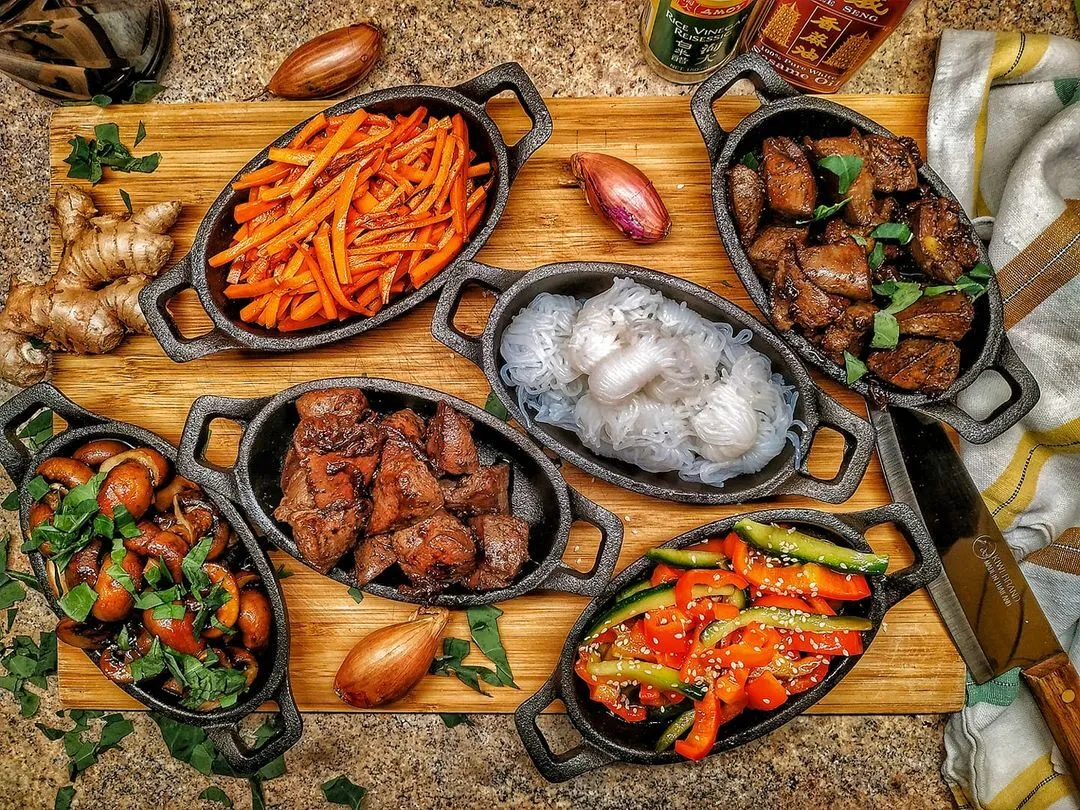
dutch oven saucepan
The Versatility of Dutch Oven Saucepans A Culinary Essential for Every Kitchen
In the heart of every well-equipped kitchen lies a collection of essential cookware, each piece serving a unique purpose in the culinary arts. Among these, the Dutch oven saucepan stands out as a true workhorse, embodying versatility, durability, and unmatched cooking performance. Whether you're a novice cook or a seasoned chef, understanding the benefits and features of a Dutch oven saucepan can elevate your culinary experiences.
What is a Dutch Oven Saucepan?
A Dutch oven saucepan is a heavy, often cast-iron pot with a tight-fitting lid, traditionally known for its ability to retain and distribute heat evenly. While Dutch ovens are typically associated with slow-cooked dishes and braising, the saucepan version is designed to provide similar benefits while allowing for better surface area and ease of use, particularly for liquid-based recipes. These versatile pots come in various sizes, enabling cooks to prepare everything from stews and soups to sauces and even baked goods.
The Advantages of Using a Dutch Oven Saucepan
1. Exceptional Heat Retention and Distribution One of the primary advantages of a Dutch oven saucepan is its ability to retain heat. The heavy cast iron construction absorbs and evenly distributes heat, reducing the chances of hotspots that can burn food. This makes it ideal for slow cooking and simmering, resulting in more flavorful and tender dishes.
2. Versatile Cooking Methods A Dutch oven saucepan can be used on a stovetop, in the oven, or even over an open flame. This versatility allows for a range of cooking methods, including sautéing, braising, baking, and boiling. You can start a dish on the stovetop to build flavor and then transfer it directly to the oven to finish cooking.
3. Durability and Longevity Cast iron Dutch ovens are known for their durability. With proper care, they can last for generations, becoming even better with age as they develop a natural non-stick surface. Many brands offer enameled options that are easier to clean and maintain while still providing the benefits of cast iron cooking.
dutch oven saucepan

4. Health Benefits Cooking in a Dutch oven can also be a healthier option. Cast iron cookware can impart small amounts of iron into your food, which is beneficial for those who need to increase their iron intake. Plus, the ability to cook with minimal fat encourages healthier cooking practices.
5. Enhanced Flavor Development The tight-fitting lid of a Dutch oven saucepan traps moisture, creating a self-basting environment that enhances the flavors of your ingredients. This is particularly effective for braising meats and cooking stews, where a long cooking process melds flavors and tenderizes tougher cuts of meat.
Tips for Using a Dutch Oven Saucepan
- Preheating Always preheat your Dutch oven before adding ingredients. This step helps achieve a proper sear and locks in flavors.
- Avoiding Acidic Ingredients While enameled versions are more forgiving, it's advisable to avoid cooking highly acidic ingredients (like tomatoes) in uncoated cast iron for extended periods, as it can affect the seasoned surface.
- Seasoning If you have a bare cast iron pot, regularly seasoning it will preserve its non-stick character and prevent rust. A thin layer of vegetable oil after cleaning, followed by baking it upside down in the oven, can maintain the cooking surface.
Conclusion
The Dutch oven saucepan is undoubtedly an indispensable tool for both amateur cooks and culinary experts. Its combination of durability, versatility, and superior cooking capabilities makes it a standout piece in any kitchen. Whether you're whipping up a quick weekday dinner or preparing a hearty feast for friends and family, investing in a quality Dutch oven saucepan will undoubtedly enhance your cooking journey. Embrace the opportunity to explore diverse recipes and techniques, all while enjoying the rich flavors that this remarkable cookware can help you achieve.
-
Authentic Traditional Chinese Wok for High-Performance CookingNewsAug.02,2025
-
Season Cast Iron Perfectly with GPT-4 Turbo TipsNewsAug.01,2025
-
High Quality Cast Iron Cookware - Baixiang County Zhongda MachineryNewsAug.01,2025
-
Premium Cast Iron Pan: Durable & Perfect HeatNewsAug.01,2025
-
High Quality Kitchen Durable Black Round Cast Iron Cookware Pancake Crepe Pan-Baixiang County Zhongda Machinery Manufacturing Co., Ltd.NewsAug.01,2025
-
Cast Iron Cookware - Baixiang County Zhongda Machinery | Nonstick, Heat ResistanceNewsAug.01,2025


